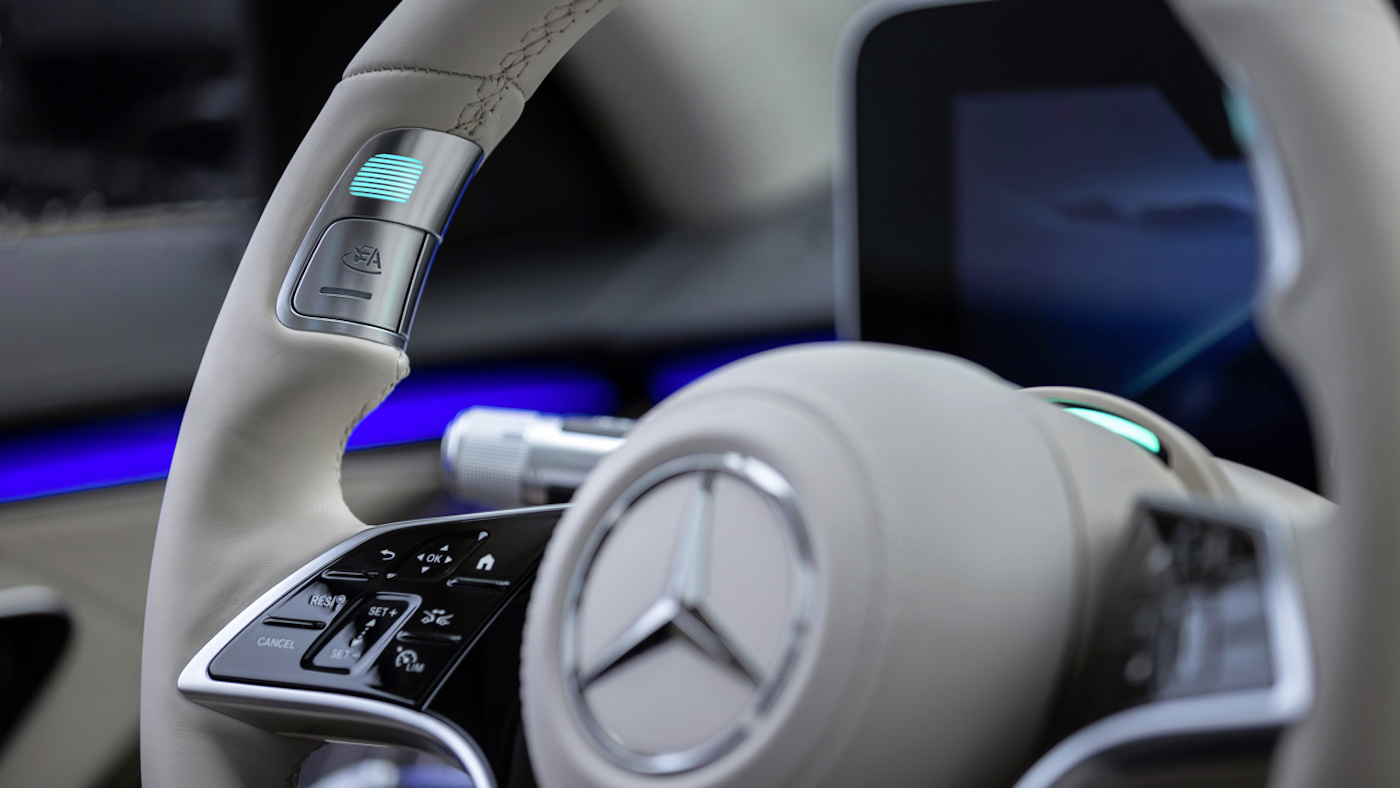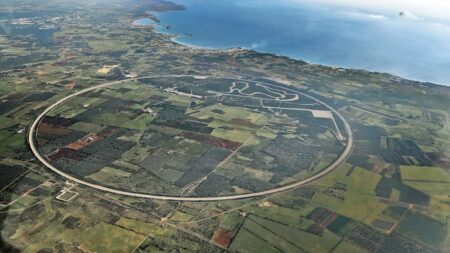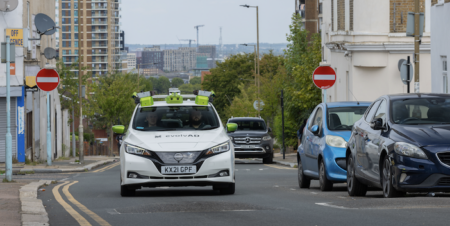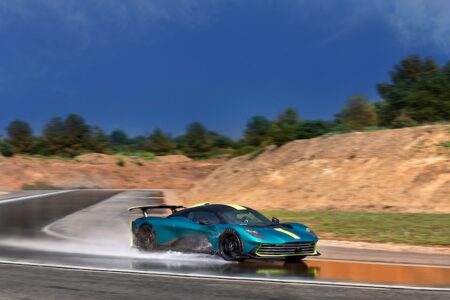Mercedes-Benz has become the first OEM in the world to meet the legal requirements of UN-R157 for an SAE Level 3 system. The German Federal Motor Transport Authority (KBA) has granted system approval on the basis of the technical approval regulation UN-R157, thus paving the way for offering such a system internationally (including the EU, GB, Japan, South Korea and Australia), conditional to national legislation. In 2017 Germany became a frontrunner in the race to autonomous driving, with the Road Traffic Act (StVG) for Level 3 systems.
Mercedes-Benz is taking advantage of the KBA approval of the technology, and is preparing to launch its Drive Pilot system on the S-Class in the first half of 2022, which will enable driving in conditionally automated mode at speeds of up to 60km/h in heavy traffic or congested situations on suitable stretches of motorway in Germany (the system approval also applies to the EQS model). The LiDAR-based Drive Pilot system will enable the driver to perform ancillary tasks on the central display such as online shopping or processing e-mails in the in-car office.
“With the approval of the authorities, we have now achieved a breakthrough: We are the first manufacturer to put conditionally automated driving into series production in Germany,” stated Markus Schäfer, a board member at Daimler AG and Mercedes-Benz AG, and chief technology officer responsible for development and purchasing. “With this milestone, we are once again proving our pioneering work in automated driving and also initiating a radical paradigm shift. For the first time in 136 years of automotive history, the vehicle takes over the dynamic driving task under certain conditions. At the same time, we are pleased that Germany is continuing its pioneering role in automated driving with this approval.”
How Drive Pilot works
Mercedes-Benz is initially offering Drive Pilot on 13,191km of motorway in Germany. Extensive test drives for the systems are already underway, for example in the USA and China. As soon as there is a national legal framework for conditionally automated operation in additional markets, the technology will be rolled out step by step.

On suitable motorway sections and where traffic density is high, Drive Pilot can offer to take over the driving, initially up to the legally permitted speed of 60km/h. The controls needed for this are located in the steering wheel rim, on the left and right above the thumb recesses. When the driver activates Drive Pilot, the system controls speed and distance, and guides the vehicle within its lane. The route profile, events occurring on the route, and traffic signs are also assessed. The system also reacts to unexpected traffic situations and handles them independently – evasive manoeuvres within the lane or braking manoeuvres, for example.
LiDAR sensors and redundant systems
Drive Pilot builds on the surround sensors of the existing Mercedes-Benz Driving Assistance Package, with additional sensors to help achieve safe, conditionally automated driving. These include LiDAR, a water sensor in the wheel well, as well as a camera in the rear window and microphones, which can even detect blue lights and other signals from emergency vehicles. As well as the sensor data, Drive Pilot receives information about the road geometry, route profile, traffic signs and unusual traffic events (e.g. accidents or roadworks) from a digital HD map. This is made available and updated via a backend connection.
The S-Class with the optional Drive Pilot also has redundant steering and braking systems and a redundant on-board electrical system, so that it remains manoeuvrable even if one of these systems fails and control is handed over to the driver.
If the driver fails to take back control even after increasingly urgent prompting and expiry of the takeover time (possibly due to a health problem), the system brakes the vehicle to a standstill in a controlled manner. At the same time the hazard warning lights activate, and once the vehicle has come to a standstill, the emergency call system is activated and the doors and windows unlocked, to make access to the cabin easier for first responders.
High-precision positioning system
The exact location of the S-Class is determined using a positioning system, which is more powerful than conventional GPS systems, and accuracy in the centimetre rather than metre range. In addition, data obtained from satellite navigation is matched with sensor data and data from an HD map. Sensor data collected by LiDAR, camera, radar and ultrasonic sensors can include information about road geometry, route characteristics, landmarks or traffic signs.
The HD map provides a three-dimensional street and environment image. The map data is stored in back-end data centres and updated constantly. Each vehicle also stores an image of this map information on board, constantly compares it with the backend data, and updates the local data set if necessary. The HD map thus offers stable positioning through a representation of the surroundings independent of shadowing effects or dirty sensors. The map also provides information about road geometry and traffic events such as roadworks.
A central control unit provides the necessary software functions for conditionally automated driving. Within the framework of modern security architecture, the algorithms are calculated redundantly.





